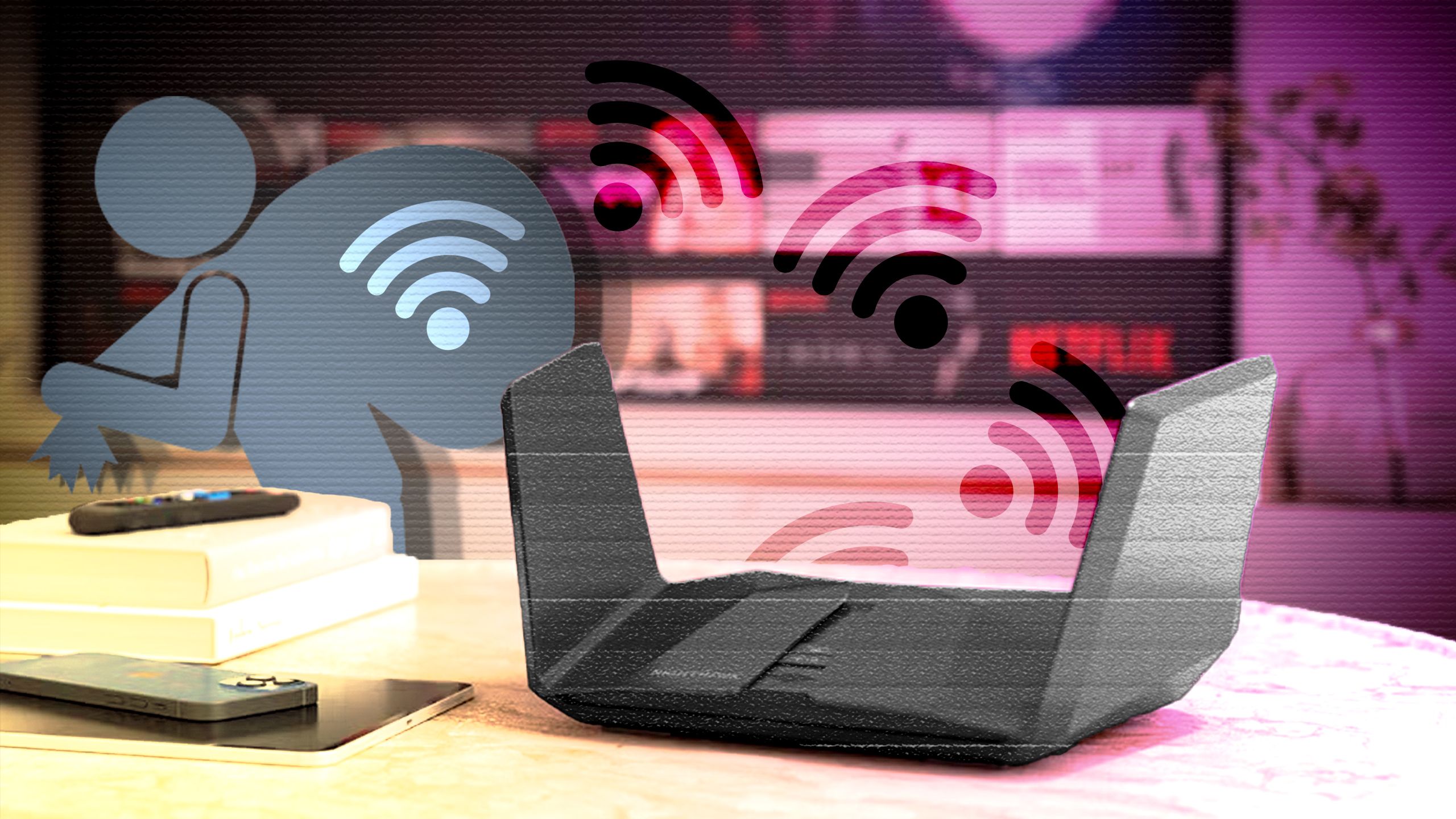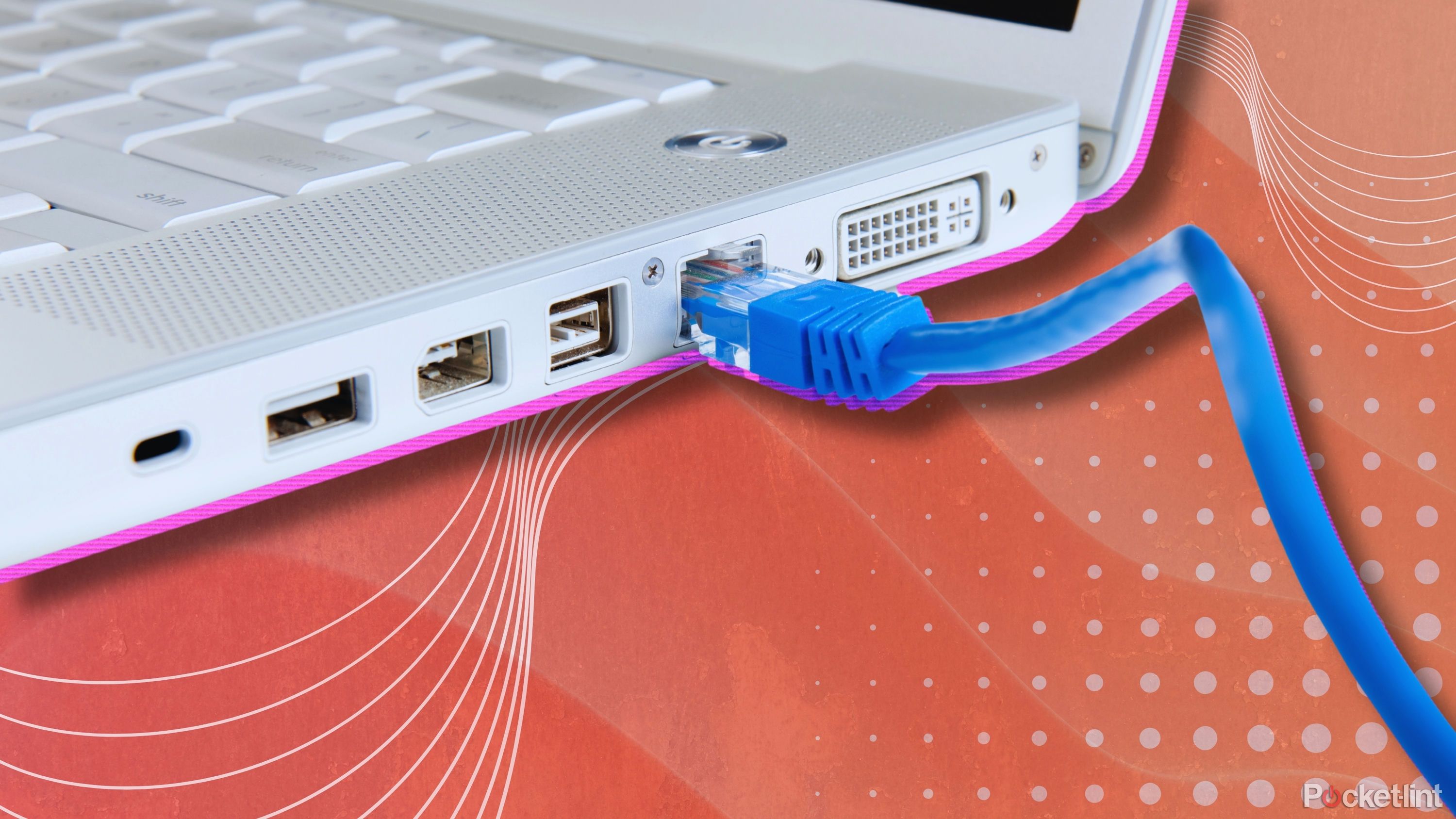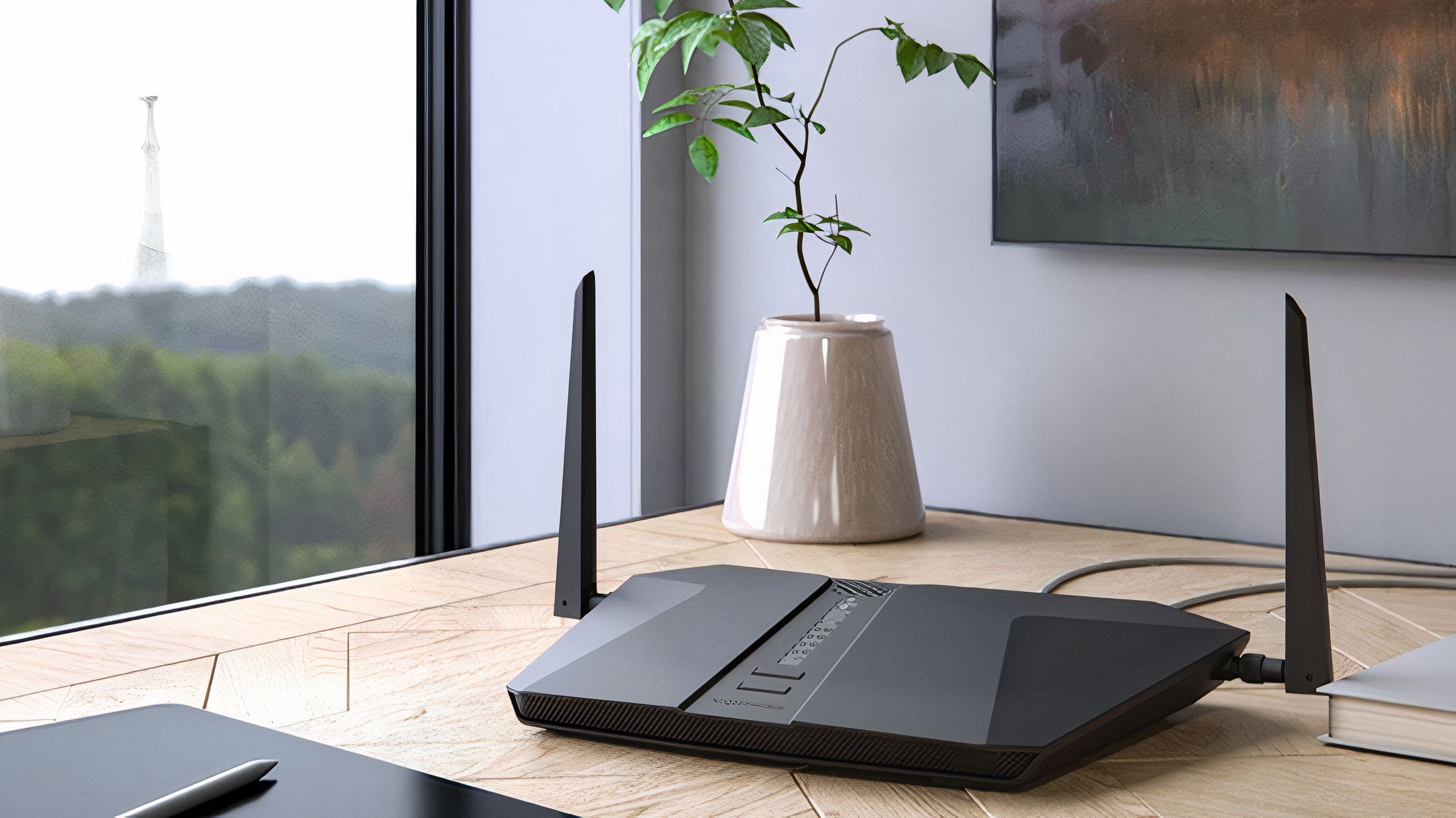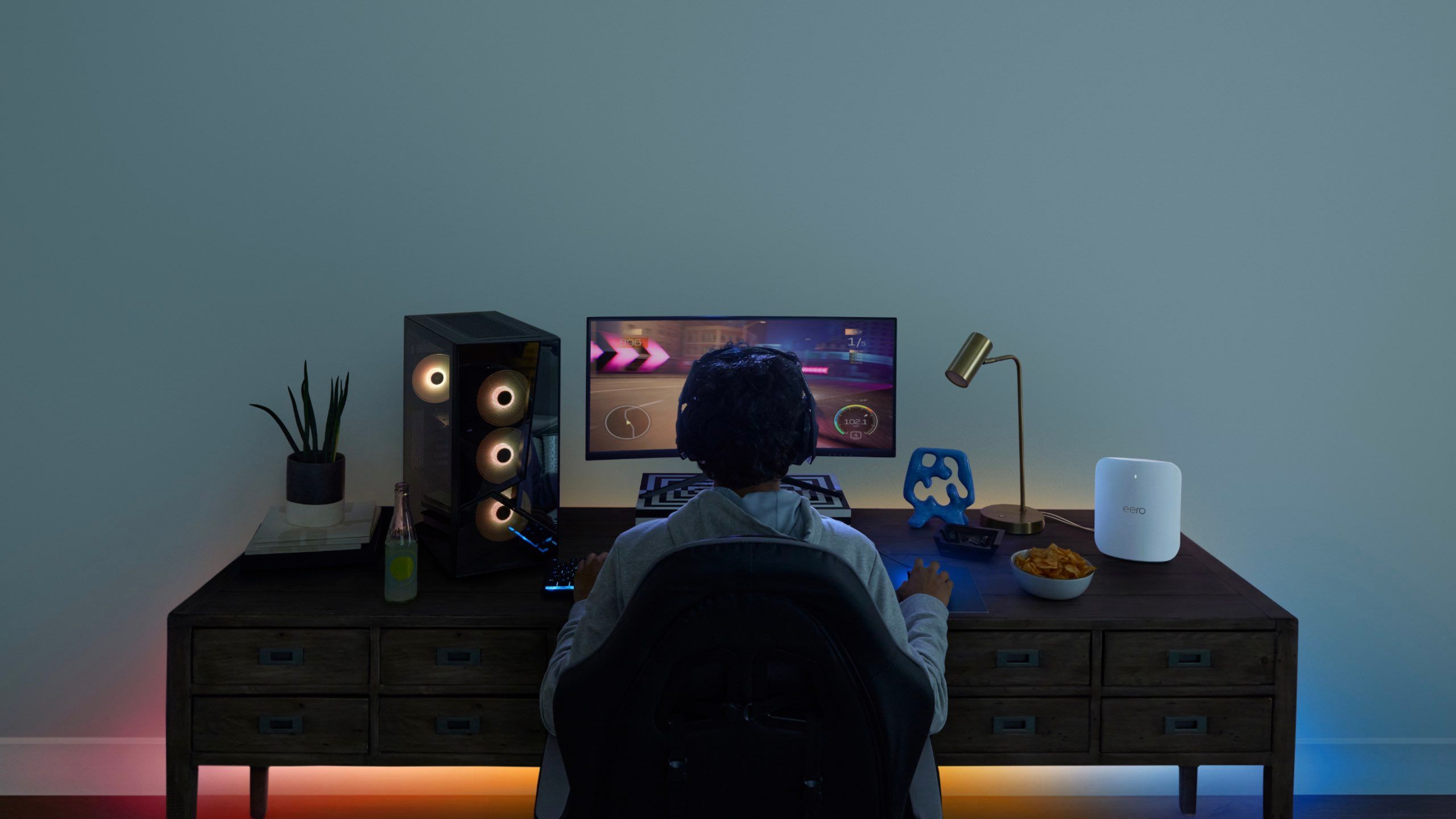Summary
- Connect more devices to Ethernet to free up the airwaves. If you’ve got a mesh system, try wiring your routers to each other to create a better backhaul.
- You should also take advantage of device prioritization options, and consider relegating low-priority devices to a separate 2.4GHz SSID.
- Don’t ignore router placement — obstacles and device range could have a serious impact on speed and reliability.
The performance of your Wi-Fi network doesn’t matter much when you’re playing local games — a weak network might take a couple of hours to download something, but you’re golden once it’s installed. The moment you step online, though, that performance is absolutely critical, since being even 100ms off could mean botching a shot in a first-person shooter, or missing a block in a fighting game. With cloud gaming, excessive lag can affect basic input and ruin the entire experience.
There are a variety of tactics you can use to improve Wi-Fi performance without getting deep into router settings. Don’t be shy about doing it though, if you really care about gaming — learning the ins and outs of networking will pay off down the road. Some router makers are making the process simpler for us plebes, too.
Related
4 reasons I’m not upgrading to Wi-Fi 7 (at least not yet)
Just because the tech is ready doesn’t mean you need it right away, or that you’ll even benefit.
1
Connect more of your network to Ethernet
Free up the airwaves
Pocket-lint / Canva
It might seem a little strange, on the surface, to suggest using Ethernet cables as a way of improving Wi-Fi. At a minimum, though, switching some devices to Ethernet will reduce the congestion in your wireless bands, improving the speed and/or reliability of your gaming connections. You should wire your gaming devices too, if at all possible — for the purposes of this article, however, I’m going to assume you need or want to stay wireless.
If you’ve got a mesh Wi-Fi system, you may want to consider stringing cables between each router. This will switch the mesh’s backhaul to a wired one, not only freeing up spectrum, but guaranteeing maximum performance at each point. The obvious downsides to this are that it can be costly and often impractical — in my home, I’d have to string Ethernet across multiple hallways and flights of stairs, which I doubt my wife would approve of.

Related
Using this port will upgrade your smart TV for free
You may not be getting the video quality your TV is capable of.
2
Split your devices onto different bands
Don’t let your doorbell compete with Halo
All modern routers offer at least two band ranges for devices to connect to: 2.4 and 5GHz. Models with Wi-Fi 6E or 7 add a third, 6GHz. Higher frequencies yield better speeds at the expense of shorter range and more vulnerability to obstacles.
This might sound like enough freedom, but too often, devices will clog the same band when they don’t need to. Some smart security cameras, for instance, may prioritize 5GHz if they’re close enough to your router, but all that streaming video can sap the bandwidth available to your laptop or console. One way to get around this is by creating separate 2.4 and 5GHz SSIDs (network IDs), then forcing low-priority or long-range accessories to connect to 2.4GHz. Check your router maker’s instructions for how to do this. Be warned that if two devices need to talk to each other, they’ll need to be on the same band, which is one of the reasons many routers merge bands under the same SSID.
If you’re lucky, all you may need to do is force your gaming hardware to use 5 or 6GHz via the same technique. Pay attention to router location, though — 6GHz has such short range that it’s often useless beyond the room you’re in. I’ve got some tips on that below.

Related
Here’s how I built a Matter smart home
Matter can make your smart home seamless — these are the things you need to get started.
3
Fix your router placement
No more closets, ever
Netgear
Some people make the mistake of treating a Wi-Fi router as, simultaneously, a magic internet box and an eyesore that needs to be tucked away. In reality, you should treat it as what it is: a radio tower, which means it needs the best possible placement for the best possible broadcast. You wouldn’t expect to hear a clear FM radio signal from a tower on the opposite side of the Rockies.
For a start, never hide your router(s) in a closet, drawer, or entertainment center. You might get usable bandwidth, but even if you do, you’re needlessly limiting signals by forcing them to pass through wood, glass, or other materials. Metal barriers should be avoided at all costs — in extreme scenarios, they can block Wi-Fi outright.
You wouldn’t expect to hear a clear FM radio signal from a tower on the opposite side of the Rockies.
Once that issue’s gone, be mindful of other obstacles between your router and your gaming devices. You’ll want to minimize the number of walls involved, and bring your router out from behind objects like TVs, books, and furniture. Some obstacles may be unavoidable, but do what you can.
If it’s at all feasible, try to position your router(s) as close to the places you play as you can. You’ll be more likely to have access to the 5 and 6GHz bands, and if nothing else, you’ll maximize reception quality. Gaming is absolutely miserable if your connection flakes in and out.

Related
Is someone is stealing your Wi-Fi? How to check and what to do about it
If you’re protective your Wi-Fi, here’s how to make sure your home connection is safe from internet thieves.
4
Use onboard prioritization options
Not all routers are created equal, however
Eero
If your router is at all recent (and decent, for that matter), it should offer some form of device prioritization. This ensures that the device(s) you select are first in line for bandwidth. That may, of course, lead to issues with non-priority devices when traffic is heavy — if you’re in the middle of an online gaming session, however, it’s probably irrelevant how long your smart home hub is taking to update, or how often your iPad is fetching email.
Some routers will only let you prioritize broad categories of traffic, such as games or streaming video.
Check web guides if you don’t know how to locate prioritization options in your router’s LAN portal and/or mobile app. Bear in mind that if those features exist, they may not let you favor individual devices. Some routers will only let you prioritize broad categories of traffic, such as games or streaming video. On my Eero Pro 6E, the closest I can get is something called SQM (Smart Queue Management). This detects which devices genuinely need a lot of bandwidth — specifically anything handling gaming, video, or voice — and automatically throttles anything that doesn’t. I wish I had more control, yet it’s better than nothing.

You might also like
Everything you need to know about PEVs, or personal electric vehicles
You can use PEVs like e-bikes and scooters to explore, run errands, or speed up your commute.













